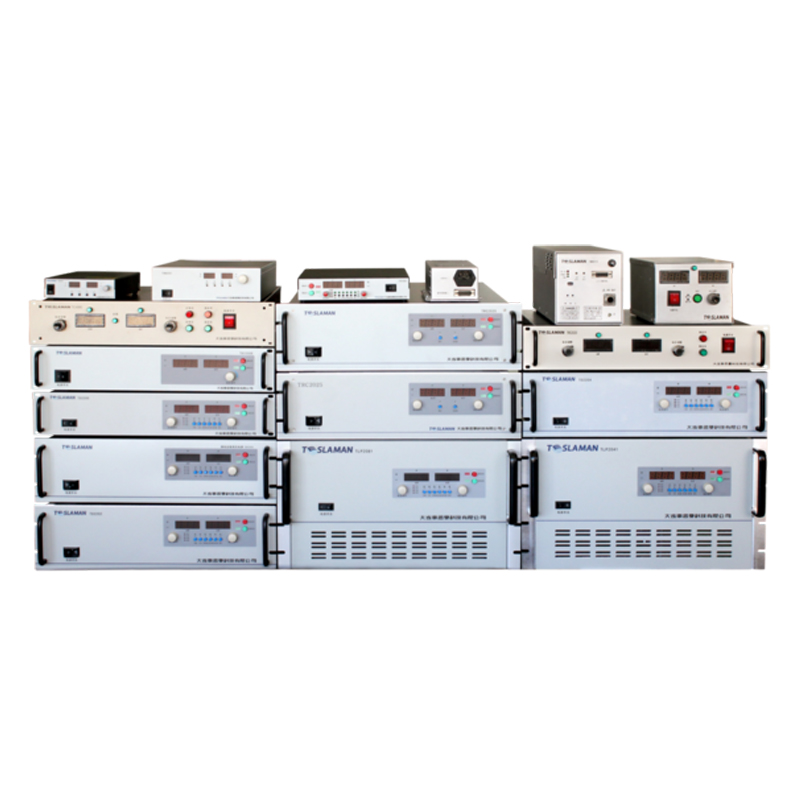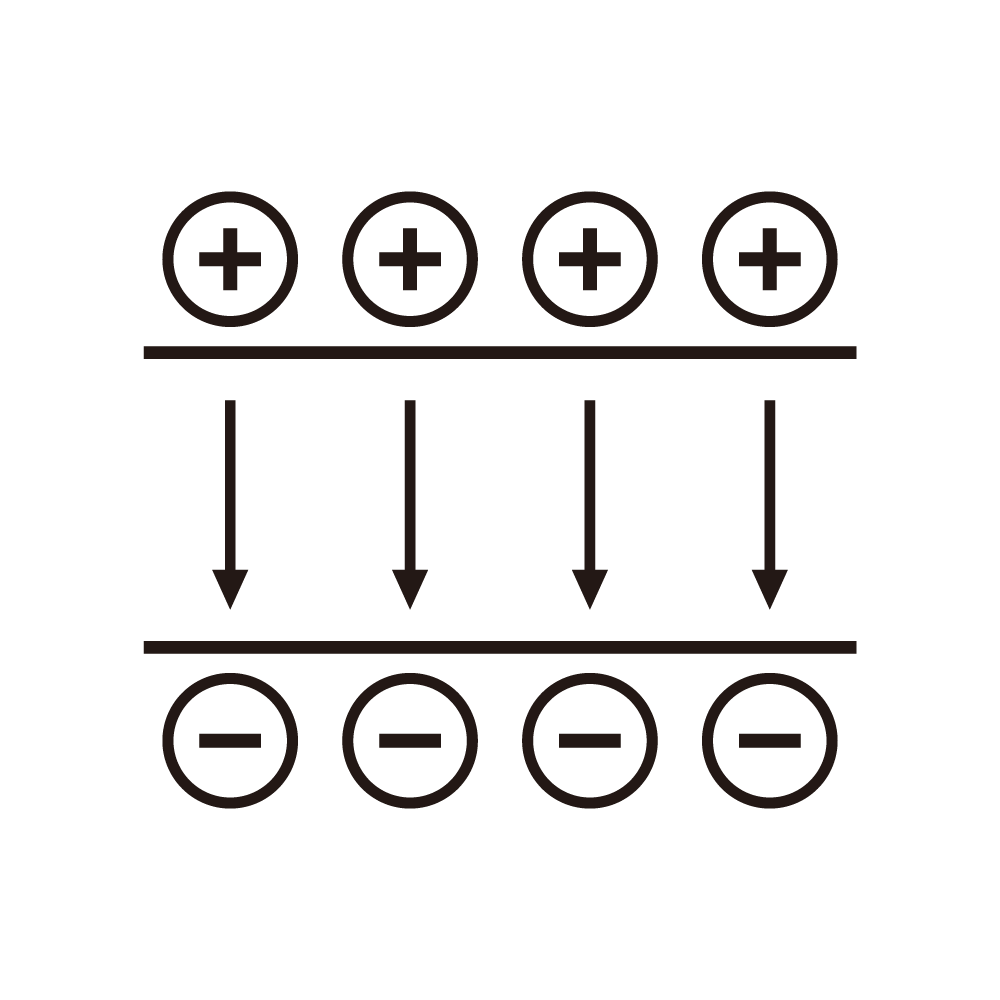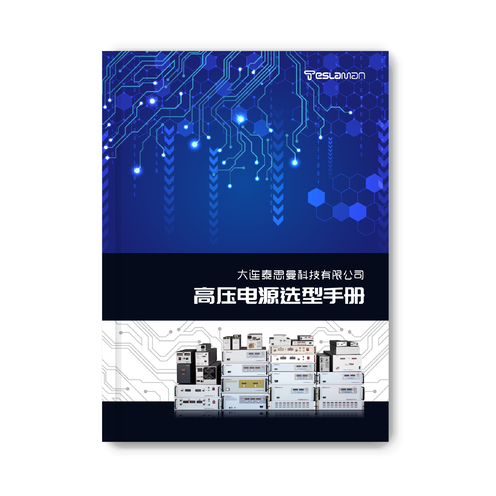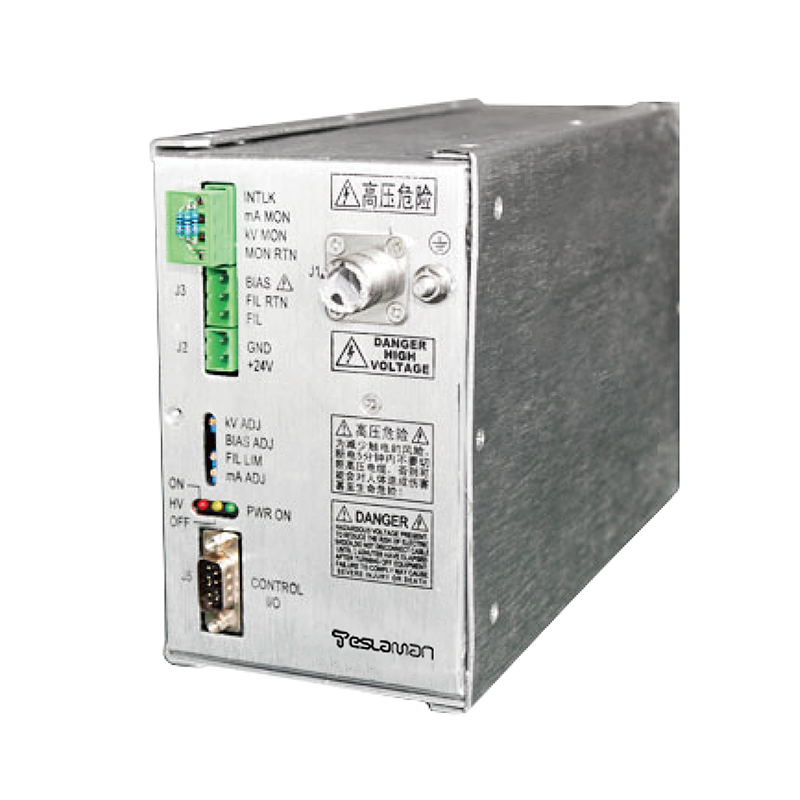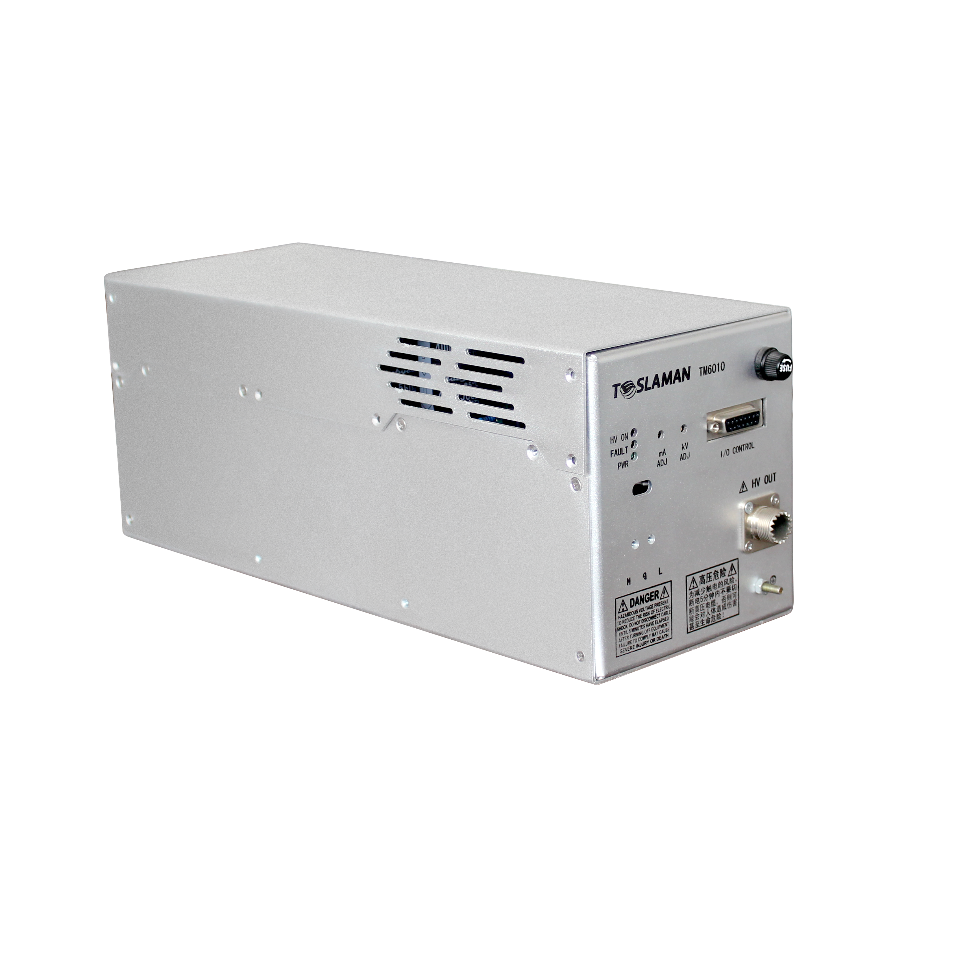Electron Beam Current Density of High-Voltage Power Supplies in Electron Beam Systems
In electron beam systems, the electron beam current density is one of the core parameters that determine the processing precision, material modification effects, and imaging resolution. As the energy supply device for electron beam acceleration and focusing, the precise control of the performance parameters of high-voltage power supplies directly affects the stability and controllability of the electron beam current density. An in-depth exploration of the internal relationship between high-voltage power supplies and electron beam current density is of great significance for enhancing the overall performance of electron beam systems.
The output voltage of the high-voltage power supply is the primary factor influencing the electron beam current density. Electrons are accelerated in the high-voltage electric field; the higher the voltage, the greater the kinetic energy electrons acquire, and the corresponding increase in the number of electrons passing through a unit area per unit time, thus increasing the electron beam current density. However, excessively high voltage causes electrons to move too quickly, leading to increased electron beam divergence and, conversely, reducing the uniformity of the beam current density. Therefore, optimizing the power supply output voltage is necessary to balance the focusing performance of the electron beam while ensuring the electron acceleration effect, thereby achieving an ideal beam current density.
The ripple characteristics of the power supply significantly impact the stability of the electron beam current density. Ripple refers to the minor fluctuations in the output voltage of the high-voltage power supply. Even millivolt-level ripples can cause random changes in electron kinetic energy during the electron beam acceleration process. These energy fluctuations lead to instability in the electron beam spot size, resulting in local fluctuations in the beam current density. High-voltage power supplies with low-ripple designs, coupled with high-precision voltage regulation circuits, can effectively suppress voltage fluctuations and ensure the consistency of the electron beam current density. Additionally, the dynamic response speed of the power supply is crucial. When the system load changes, a power supply with a fast response can promptly adjust the output voltage to maintain a stable electron beam current density.
The power output capacity of high-voltage power supplies also restricts the upper limit of the electron beam current density. In high-beam current density operation modes, electron beam systems consume substantial electrical energy to maintain continuous electron emission and acceleration. Insufficient power supply leads to a decrease in electron emission efficiency, making it difficult to achieve the desired beam current density. Therefore, it is necessary to reasonably match the rated power of the high-voltage power supply according to the actual requirements of the electron beam system and reserve a certain power margin to handle peak loads and unexpected operating conditions.
The focusing and deflection components in electron beam systems also rely on high-voltage power supplies for stable power. The accuracy of the focusing voltage directly affects the convergence of the electron beam; voltage deviations cause the beam spot to enlarge and reduce the beam current density. The stability of the deflection voltage determines the accuracy of the electron beam scanning trajectory; voltage fluctuations cause the electron beam to deviate during scanning, resulting in uneven distribution of the beam current density. Therefore, independent regulation and optimization of the multi-channel outputs of high-voltage power supplies enable fine control of the electron beam current density.
In conclusion, parameters such as the voltage output, ripple characteristics, power capacity, and multi-channel output stability of high-voltage power supplies in electron beam systems collectively determine the performance indicators of the electron beam current density. Optimizing high-voltage power supply design and parameter matching enables precise control of the electron beam current density, providing a reliable technical guarantee for electron beam processing, inspection, and scientific research applications.
